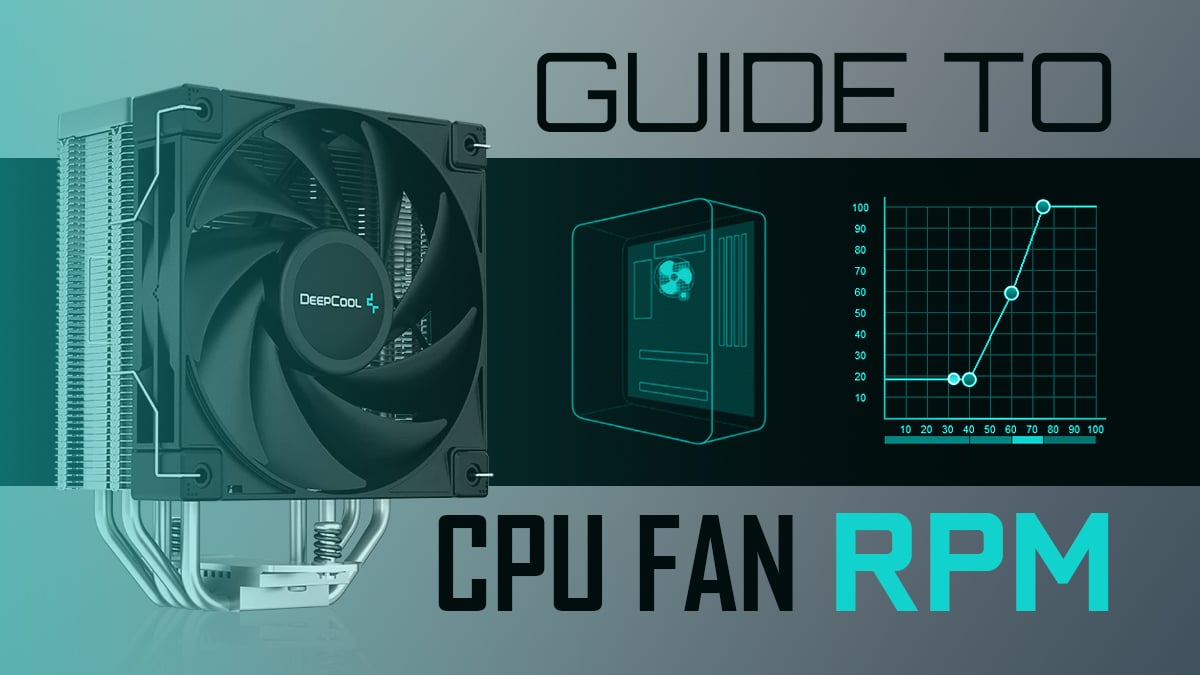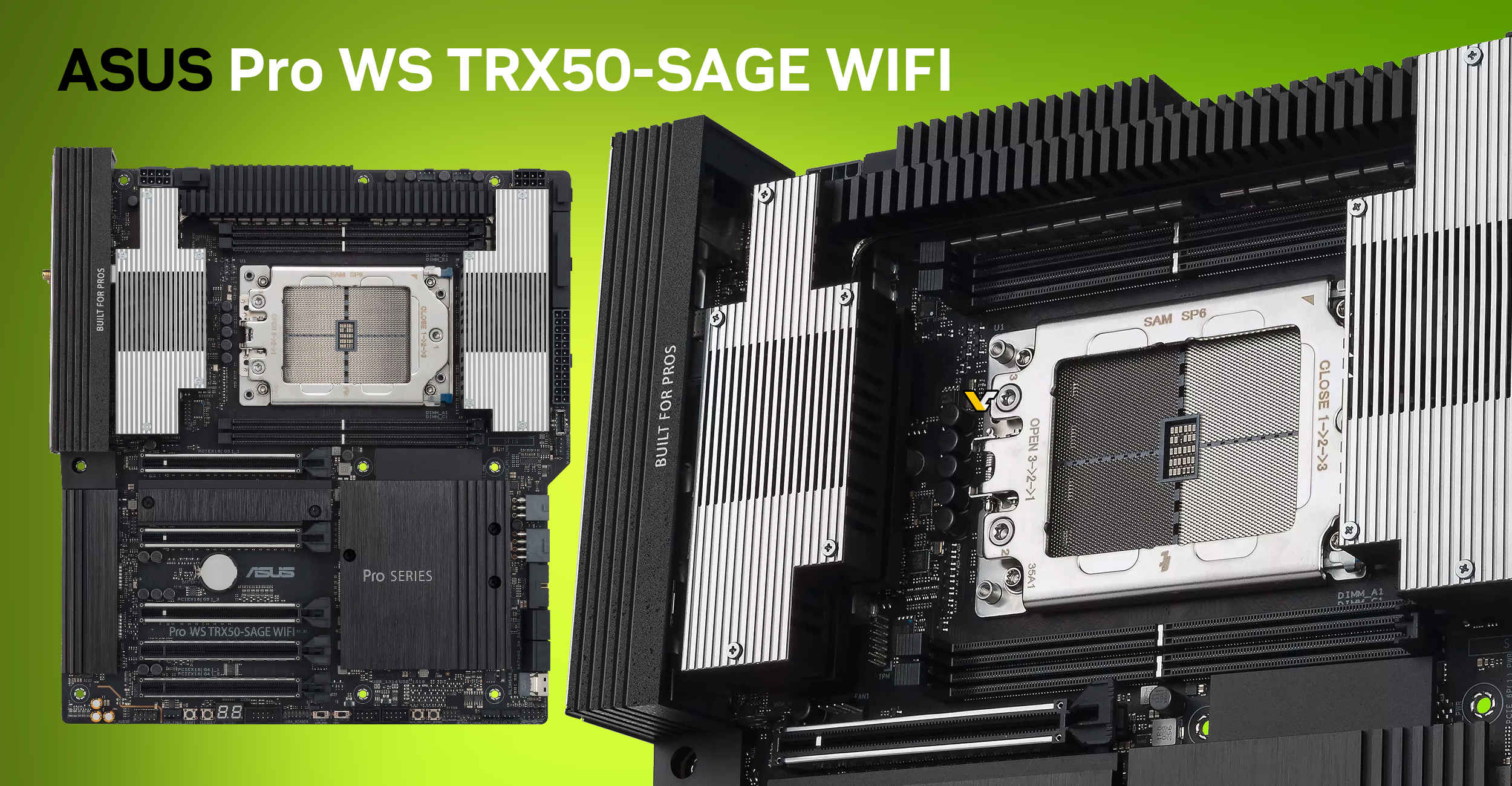CPU fan RPM, or revolutions per minute, refers to the speed at which a computer’s cooling fan spins. Managing fan speed ensures optimal cooling and noise balance.
Selecting the right CPU fan RPM is crucial for maintaining an ideal operating temperature for your processor, which can enhance performance and extend its lifespan. Understanding the balance between cooling efficiency and acoustic comfort is key. High RPMs mean better cooling but often result in increased noise, while lower RPMs reduce noise but may not sufficiently cool your CPU under heavy loads.
In a technology-driven world where optimal CPU performance is non-negotiable, paying attention to the nuances of CPU fan RPM can make a significant difference. Properly adjusted fan speeds prevent overheating and maintain system stability, especially during intensive tasks like gaming or video editing. Striking a balance between maximum cooling efficiency and acceptable noise levels can elevate your computing experience, ensuring that your system runs smoothly while keeping distractions at bay.
Why Cooling Matters For Your Cpu
Your CPU is like the brain of your computer. It needs to stay cool to work well. Think of it as a high-speed athlete; without a way to chill down after a race, they could get very sick. Your CPU can also get sick with too much heat. This guide will tell you all about why a cool CPU is a happy CPU.
The Role Of Cpu Fans In System Health
CPU fans are like tiny wind machines inside your computer. They move air around to keep your CPU cool. Without them, your CPU would get hot very fast. Here’s why they’re so important:
- Heat Control: CPU fans push hot air out and bring cool air in.
- CPU fans help your computer run smoothly for a long time.
Better fan speeds mean better cooling. It’s good to know how fast they spin. This spin speed is called RPM (revolutions per minute).
Consequences Of Inadequate Cooling
What happens when your CPU gets too hot? Nothing good!
- Slow Performance: Your computer gets slow, like a turtle.
- Crashes: Your computer might stop working all of a sudden.
- Shorter Lifespan: Too much heat makes your computer’s life shorter.
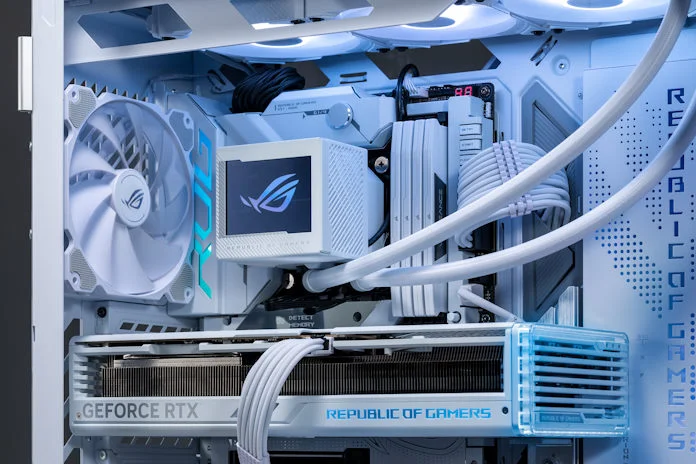
Credit: edgeup.asus.com
Understanding Rpm And Cooling Efficiency
Imagine your computer as a busy bee. Like a bee’s wings that beat fast to keep it cool, a computer uses fans. CPU fans spin to keep the heart of your computer cool. This is vital for a smooth-running PC. But what makes a fan good at its job? It’s all about RPM – that’s how many times the fan spins in a minute. Let’s dive deeper to understand RPM and cooling efficiency for your computer.
Rpm Explained: From Basics To Advanced
RPM stands for revolutions per minute. It’s a measure of how fast a fan can spin. A higher RPM means the fan blades move quicker. This seems good, right? But it’s not just about speed. It’s about balance. A good fan keeps the computer cool and does not sound like a jet engine.
- Lower RPM: Quieter operation, less cooling
- Higher RPM: More cooling, potentially louder
Think of RPM as the fan’s heartbeat. Just as your heart beats faster when you exercise to keep you cool, a CPU fan increases its RPM when your computer works hard.
But high RPM can lead to noise. Advanced fans use smart technology to balance RPM. This means they change speed based on need. It’s like having a fan that knows when to be a gentle breeze or a strong wind.
How Rpm Affects Cooling Performance
RPM is a key player in your computer’s cooling team. The faster the fan spins, the more air it pushes through. More air means better heat escape from your CPU.
But high RPM can add noise and wear out the fan faster. Here’s what you should know:
- Higher RPM fans work best for high-power tasks like gaming.
- Lower RPM fans are good for browsing or light work.
- Some fans are smart. They adjust their RPM automatically to match what you’re doing on your PC.
| RPM Range | Cooling Efficiency | Noise Level |
|---|---|---|
| 1,000-1,500 | Basic | Quiet |
| 1,500-2,500 | Better | Moderate |
| 2,500+ | Best | Louder |
Remember, a balance is key. A fan with adjustable RPM provides efficient cooling without the noise. It’s a small feature that makes a huge difference in your computer experience.
Identifying Your Cpu’s Cooling Needs
Identifying your CPU’s cooling needs is pivotal for optimal performance and longevity. The perfect balance ensures your CPU runs efficiently under varying workloads without overheating. Understanding these requirements can save you from unwanted crashes and throttles. Let’s dive into what you must consider for a well-cooled system.
Factors That Influence Cooling Requirements
Several elements dictate how much cooling your CPU requires. Key among these are:
- CPU model and TDP: Processors have a Thermal Design Power (TDP) rating, indicating maximum heat output.
- Overclocking: Raising CPU speeds increases heat, necessitating better cooling.
- PC case airflow: Cases with good airflow help maintain lower temperatures.
- Ambient temperature: Warm surroundings can hinder cooling efficiency.
Assessing Your System’s Workload And Heat Output
Knowing your system’s demands helps in choosing the correct fan speed:
- Monitor CPU usage: Tools like Task Manager show how hard your CPU works.
- Check temperatures: Software such as HWMonitor can track CPU temps real-time.
- Evaluate applications: Games and editing software often push CPUs harder.
- Analyze cooling system: Ensure your cooling setup matches your CPU’s needs.
By routinely assessing these aspects, you’ll maintain the ideal RPM for your CPU’s fan, keeping it cool and efficient.
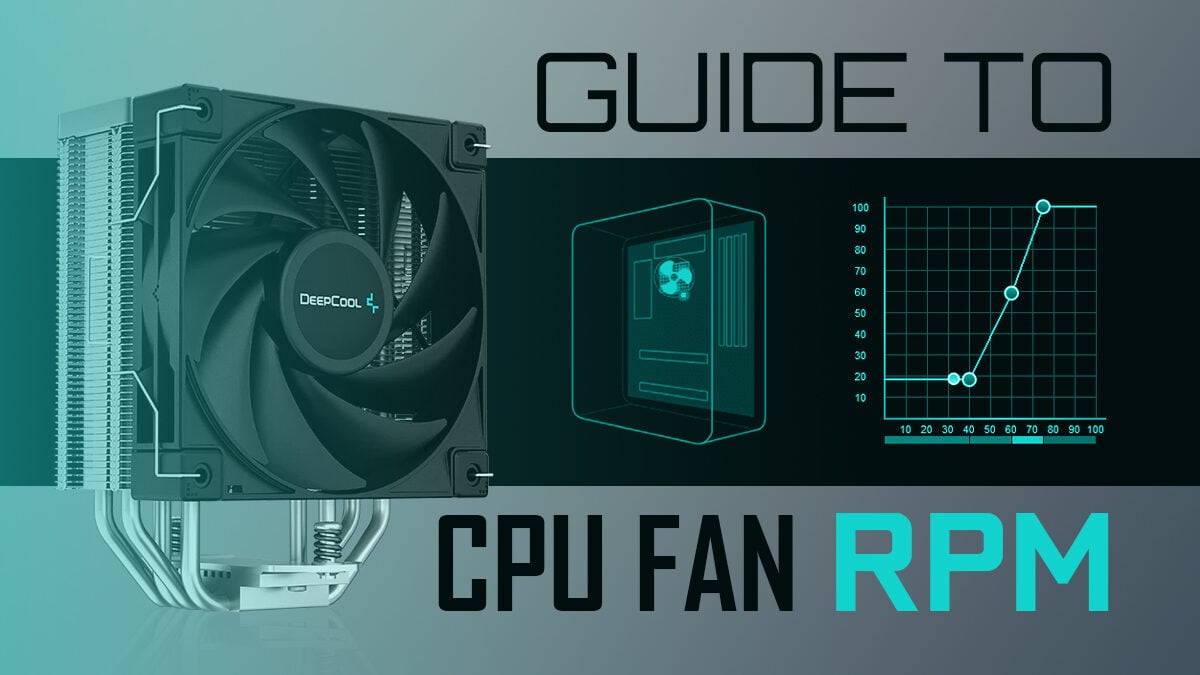
Credit: www.cgdirector.com
Choosing The Right Fan For Your Cpu
Choosing the right fan for your CPU is a critical decision for any computer builder or user. A quality fan ensures your system runs smoothly, efficiently, and avoids the dreaded overheating. Let’s explore key features and compare some popular models to find the perfect match for your CPU cooling needs.
Key Features To Look For In Cpu Fans
Before selecting a fan, consider these important factors for optimal performance:
- Size and Compatibility: The fan must fit your CPU cooler and case.
- Rotation Speed (RPM): High RPM fans cool better but might be noisier.
- Noise Level: Measured in decibels (dB). Quieter fans improve user experience.
- Airflow (CFM): Higher CFM means more air moved through your system.
- Bearing Type: Determines lifespan and performance. Options include sleeve, ball, and fluid bearings.
- PWM Control: Allows for speed control based on CPU temperature.
- LEDs/RGB: Adds customization and aesthetics to your build (optional).
Comparing Popular Cpu Fan Models
Reviewing top fan models helps identify the best fit for your system. Here’s a comparison:
| Model | RPM | CFM | Noise (dB) | PWM |
|---|---|---|---|---|
| Cooler Master Hyper 212 | 600-2000 | 82.9 | 36 | Yes |
| Noctua NF-F12 | 300-1500 | 55 | 22.4 | Yes |
| be quiet! Silent Wings 3 | 1000-1450 | 50.5 | 16.4 | Yes |
| Corsair LL120 RGB | 600-1500 | 43.25 | 24.8 | Yes |
Each fan has its strengths. The Cooler Master impresses with high airflow. Noctua leads with low noise. be quiet! offers the best noise-to-airflow ratio. Corsair stands out for RGB lovers.
Maximizing Fan Performance Through Proper Configuration
Keeping your CPU cool is essential for optimal performance. A well-configured fan ensures your system runs smoothly. This guide helps you tweak fan settings for better cooling and quieter operation. Learn to balance speed and noise for an efficient rig.
Optimizing Fan Speed Settings In Bios
The BIOS is your starting point for fan control. It’s where you can set preferred speeds based on temperatures. Here’s how to optimize these settings:
- Enter your system’s BIOS during boot-up, often by pressing
DelorF2. - Locate the CPU Fan settings within the Hardware Monitor or Thermal section.
- Adjust the fan curve or set fixed RPM targets to match your cooling needs.
- Enable smart fan options, if available, for dynamic adjustments based on temperature.
- Save changes and exit to apply your new fan settings.
Each motherboard has unique BIOS options. Consult your manual for detailed steps.
Balancing Noise With Cooling Efficiency
A quiet PC is a joy to use, but not at the expense of high temperatures. Achieve balance with these tips:
- Select fans with good airflow and low noise ratings.
- Experiment with fan placement to maximize air intake and exhaust.
- Use aftermarket thermal compounds to enhance heat transfer from the CPU.
- Consider a custom fan curve that increases speed only when necessary.
Test various settings to find the sweet spot for your setup. Cooling should never compromise system stability or peaceful work environments.
Maintaining Your Cpu Fan For Longevity
Longevity of a CPU fan hinges on proper maintenance. Fans ensure that your computer’s central processing unit (CPU) remains cool. Neglecting it can lead to overheating and system failure. Learn to maintain your CPU fan. Extend its life. Enhance system performance.
Routine Cleaning And Maintenance Tips
Regular cleaning prevents dust buildup. It ensures optimal fan speed and cooling efficiency. Follow these easy steps:
- Power off the computer and unplug it.
- Open the case to access the fan.
- Use compressed air to blow away dust.
- Clean the blades with a soft brush or cloth.
- Check the fan’s screws. Tighten them if loose.
- Reassemble and reboot your computer.
Perform these steps every 3 to 6 months. It prolongs your fan’s life.
Troubleshooting Common Fan Issues
Notice something off with your CPU fan? Try these fixes:
| Issue | Troubleshooting Step |
|---|---|
| Fan not spinning | Ensure power connection. Look for obstructions. |
| Noisy operation | Check for loose screws. Apply lubricant if necessary. |
| Erratic RPMs | Check for software issues. Reset fan settings in BIOS. |
Recognize issues early. Address them quickly. Stay on top of your system’s cooling needs!
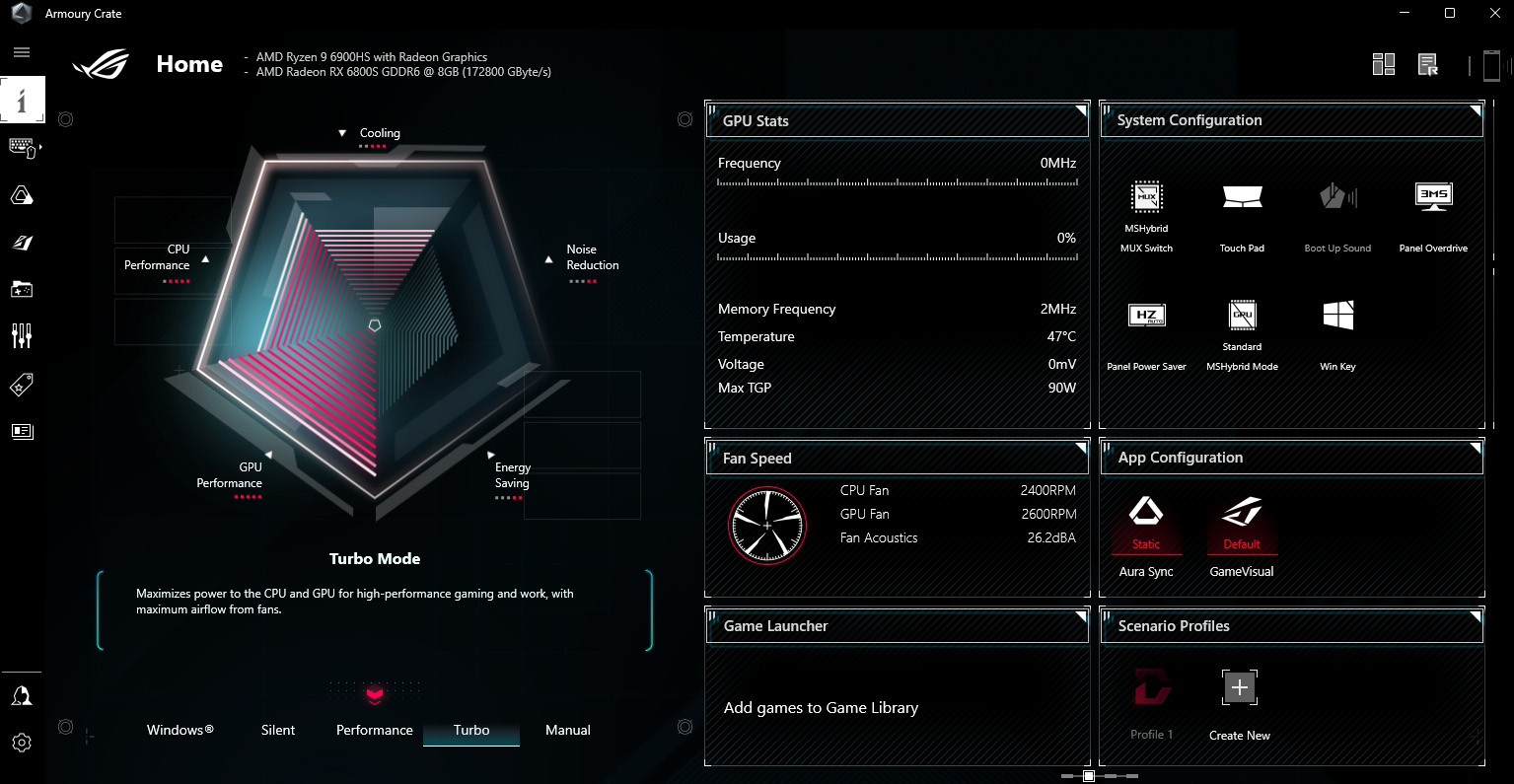
Credit: rog.asus.com
Frequently Asked Questions For Cpu Fan Rpm Guide
What Is An Optimal Cpu Fan Rpm?
Optimal CPU fan RPM depends on your system’s workload and cooling needs. Typically, 3000-4000 RPM is standard for good cooling without excessive noise. Adjust based on temperature and performance requirements.
How Does Cpu Fan Speed Affect Performance?
Higher CPU fan speeds help maintain lower CPU temperatures, ensuring stable performance during heavy loads or overclocking. It prevents thermal throttling which can impact performance if the CPU overheats.
Can Adjusting Cpu Fan Rpm Improve Lifespan?
Yes, properly managing CPU fan RPM can improve component lifespan. It prevents overheating, reducing wear and extending the service life of both the CPU and the fan itself.
What’s The Difference Between Pwm And Dc Cpu Fans?
PWM (Pulse Width Modulation) fans offer precise RPM control, allowing for variable speed adjustments. DC fans have less refined control, typically adjusted through voltage changes, offering fewer speed options.
Conclusion
Understanding your CPU fan’s RPM is crucial for maintaining system health. By finding the balance between performance and noise, you maximize your computer’s efficiency. Remember, keeping an eye on temperatures and adjusting speeds can prevent overheating. Embrace these insights for a cool, stable PC experience.
